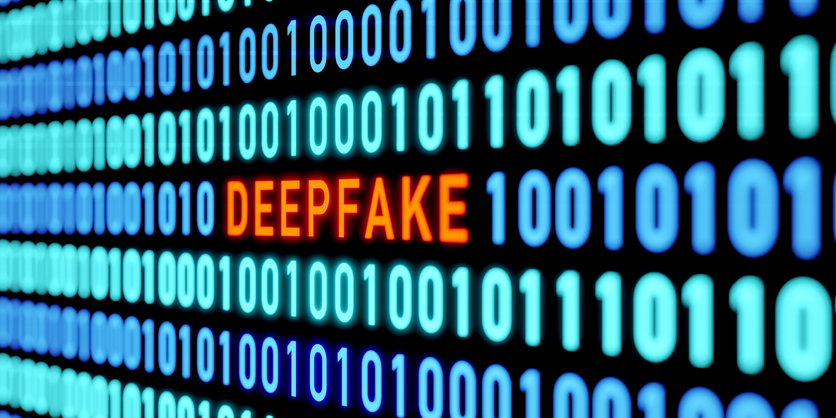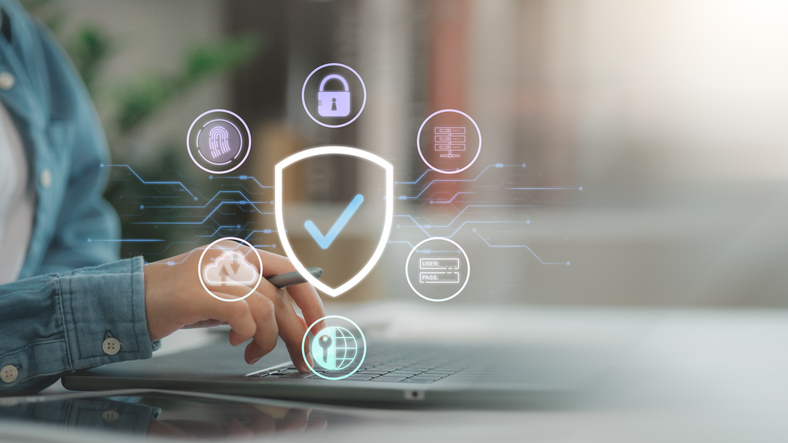In this era of rapid technological advancement, we now face a new breed of cybersecurity threat that has the potential to disrupt our digital existence – deepfake malware. Deepfakes, which are hyper-realistic AI-generated synthetic media, are notorious for their ability to deceive and manipulate their target, making them a powerful weapon in the hands of cybercriminals.

Let’s see how far this threat has come. To give just one example, malicious actors managed to deceive the manager of a prominent global financial institution in the UAE and steal US $35 million. How did they do it? By using a convincing deepfake voice – impersonating his boss. And this was created using just a snippet of a a small recording! This shows how easily even robust security checks can be bypassed, by manipulating a trusted insider who has the required access rights and authority.
The potential consequences of deepfake malware are far-reaching. They can tarnish reputations, influence public opinion and even destabilize economies. In the current environment, consider the repercussions of a political leader seemingly making inflammatory statements. Or a CEO appearing to endorse unethical practices. Instances like these can cause havoc not just in any business, but if governments are targeted, it has the potential to lead to widespread chaos in society, erode trust in institutions, and cause irreversible economic or reputational damage.
To combat this emerging threat we need a multi-pronged approach covering technology, education, and collaboration. Here are some of the strategies that can help:
Advanced Detection Technologies
As cybercriminals become more sophisticated, so must our defense mechanisms. Investing in cutting-edge deepfake detection technologies is crucial. By leveraging machine learning algorithms and AI-based tools, we can identify and flag potential deepfakes, thereby preventing their dissemination. For instance, leading security firms are developing solutions that utilize techniques such as cryptographic verification to detect tampering in images and videos.
Training and Awareness Programs
It is very important to educate individuals about the deepfake problem.. By increasing awareness, we can empower people to recognize deepfakes by first questioning the authenticity of media they encounter online, instead of believing it blindly. Governments, educational institutions, and organizations should collaborate to develop training programs that equip individuals with the skills to identify deepfakes. In fact, several vendors are already offering cybersecurity training courses covering deepfake awareness.
Collaborative Initiatives
The fight against deepfake malware cannot be fought in isolation. It requires a concerted effort from governments, industry leaders, and cybersecurity experts. Encouraging collaboration and information sharing between these stakeholders is crucial for staying one step ahead of the cybercriminals. Initiatives such as the Deepfake Detection Challenge by Facebook and the AI Foundation’s Reality Defender program demonstrate the importance of collective action.
Blockchain-based Verification
Blockchain, the technology behind cryptocurrencies, can also mitigate the spread and thus the impact of deepfake malware. By utilizing the immutable nature of blockchain, we can establish a decentralized and tamper-proof verification system for digital media. This would provide an additional layer of trust and transparency, enabling users to verify the authenticity of media before accepting it as genuine.
Regulation and Policy Frameworks
Governments need to establish clear regulations and policy frameworks to address the challenges posed by deepfakes. Legislation that focuses on criminalizing the creation and distribution of malicious deepfake content can act as a strong deterrent. Furthermore, collaboration between governments, tech companies, and research institutions can help in developing standardized protocols and best practices for deepfake detection and prevention.
Deepfakes are becoming so increasingly realistic deepfakes that they are difficult to differentiate from the original. Investing in advanced detection technologies, promoting awareness and education, fostering collaboration, leveraging blockchain-based verification, and implementing effective regulations are strategies that can mitigate the impact of deepfake malware. Proactive measures and collective effort can help us safeguard the integrity of our digital world and preserve the trust we place in our media and institutions.
Noventiq is at the forefront of innovation in cybersecurity, and we know that the fight against deepfake malware requires a united front. If you have concerns about the security of your digital infrastructure, we are happy to work with you to innovate, collaborate, and build a safer digital future for all.

